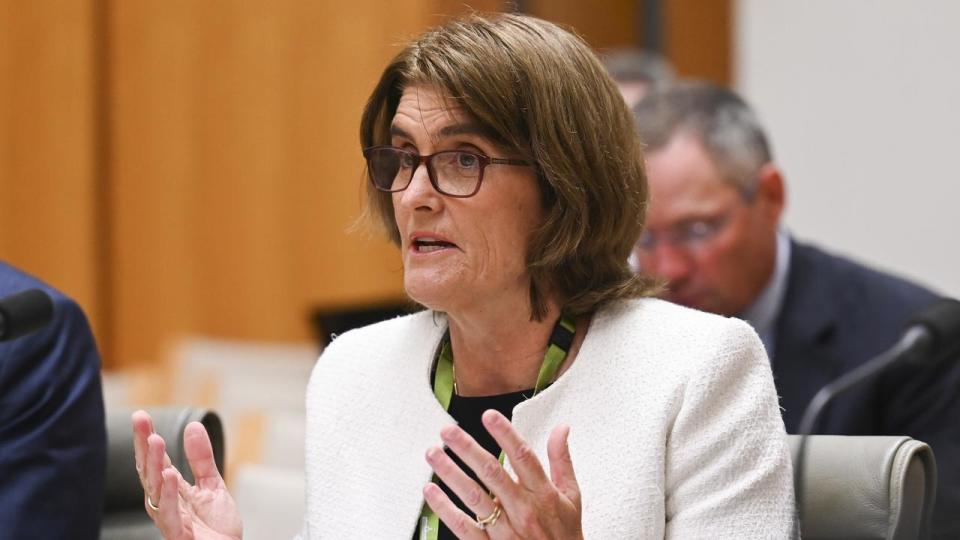Aussie job figures dash rate cut hopes

New job figures have dimmed hopes the Reserve Bank will cut interest rates this year.
The unemployment rate rose slightly to 3.8 per cent in March, up from 3.7 per cent in February, according to Australian Bureau of Statistics seasonally adjusted figures released on Thursday.
That was lower than forecasts of an increase to 3.9 per cent, as the jobs market continued to absorb much of the soaring international migrant intake.
The number of full-time positions rose by 27,900 last month, but that increase was offset by the loss of 34,500 part-time positions.
Despite 6600 jobs disappearing in March, Australia’s labour market remains red hot, dampening the expectations that the RBA will finally starting cutting rates.
While unemployment is expected rise in coming months, RBC Capital Markets chief economist Su-Lin Ong said the jobs market was “still healthy and tight” and added to the narrative that the RBA would delay rate cuts.
“While most of the leading indicators point to labour market moderation ahead, it is possible that the starting point for the labour market is stronger than we thought,” she said.
“A patient RBA is likely to stay on the sidelines for some time.”
KPMG economist Michael Malakellis agreed that the jobs figures were unlikely to ease the RBA’s ongoing concerns about excess demand in the labour market.
“While inflation in Australia is expected to continue falling towards the target band and economic growth has slowed materially, a more balanced labour market with less pressure on wages growth will be needed for the RBA to consider lowering interest rates,” Mr Malakellis said.
Alongside measures of inflation, the jobless rate is a key consideration of the RBA board in its deliberations on interest rates, which have held steady at 4.35 per cent since November.
Also indicating a slight weakening in the jobs market was a decline in the participation rate – the proportion of Australia’s working age population employed or looking for a job – which edged 0.1 percentage points lower to 66.6 per cent.
About 38,000 new jobs need to be created every month to keep the unemployment and participation rate stable.
As a result of the fall in employment and the pace of population growth, the employment-to-population ratio fell 0.2 percentage points to 64 per cent.
Unemployment is tracking below the RBA’s own staff forecasts, which project the jobless rate will rise to 4.2 per cent by mid year, and reach 4.3 per cent by year’s end.
March’s unemployment reading held onto much of February’s bumper result when an additional 116,500 people found work.
However, many economists viewed the figure as volatile due to shifting seasonal patterns.
“Once you look through the statistical noise, it is clear from the run of the figures that fairly strong jobs creation has continued and that the jobs market is only very gradually loosening,” HSBC chief economist Paul Bloxham said, pointing to the quarterly average of 41,000 new jobs per month.

Amid hotter-than-expected US inflation, strong jobs numbers and stubborn services prices, traders have torn up their rate cut forecasts in recent weeks amid concerns that inflation could prove more persistent than expected, with investors pricing out the prospect of any relief this year.
The ABS will release CPI data for the March quarter, next Wednesday.
The RBA board will announce its rates decision on May 7 after its next board meeting.
A week later Treasurer Jim Chalmers will hand down his third federal budget.

 Yahoo Finance
Yahoo Finance 